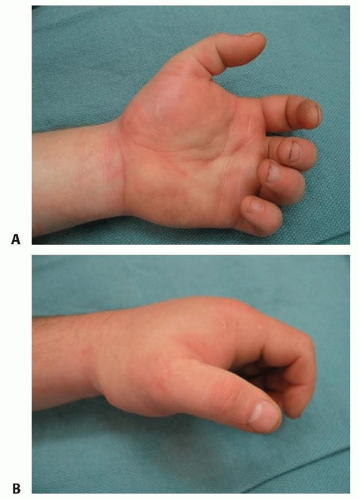

In a paediatric population, the rule of “A’s” has been suggested: analgesia, anxiety, agitation Pressure Measurements Irreversible tissue damage can occur in the presence of palpable pulse – the critical compartment pressure is capillary filling pressure, which is lower than arterial pressure 20. Paralysis and pulselessness are late signs.
#Compartments of the hand skin
– Can have good skin colour overlying a pressurised compartment 18 due to way blood is supplied to skin. – Peaks at 2-6 hours of ischemia and then subsides with necrosis This table summaries current evidence for clinical signs of compartment syndrome.

The diagnostic sensitivity and specificity of the signs and symptoms are such that they cannot be used in isolation to make the diagnosis of an acute compartment syndrome. The diagnosis of compartment syndrome has traditionally focused on the 5P’s mnemonic: The table outlines some of the causes of compartment syndrome: Commonįractures (e.g: c arpometacarpal fracture-dislocation, distal radius or ulna, or a pediatric supracondylar humerus) 7Ĭompartment syndrome is a clinical diagnosis, which may be assisted by compartment pressure readings. Regardless of these classifications, injuries result in either an increase compartmental contents or decrease compartmental size. The aetiology of a compartment syndrome can be classified by the mechanism of the injury (traumatic vs non-traumatic) or the pathophysiology of the injury. – Usually during exercise & resolved with rest.Ĭompartment syndrome can be caused by an increase in compartmental content or a decrease in compartmental size. – Fibrosis and contracture of affected compartment With these 3 factors in mind, a classification system has been proposed 7 Stage Stages of Compartment SyndromeĬompartment syndrome is a progressive clinical condition dependent on: the amount of pressurisation, duration of pressurisation and extent of soft tissue injury 6. This feed-back loop creates the progressive nature of compartment syndrome and results in a spectrum of clinical findings, as illustrated in the diagram above 1–5. All of which are influenced by each-other in a positive-feedback loop. Increased tissue pressure is the central pathogenic factor, which may be due to a decrease in compartment size or increase in the volume of its contents.Ĭurrent literature focuses on 3 pressure variables: interstitial tissue, venous pressure, arterial pressure.The clinical features of compartment syndrome are the same, irrespective of etiology or location.The pathophysiology of Compartment Syndrome is best described by Matsen’s Unified Hypothesis 1. With reference to 41 peer-reviewed publications, this article discusses the definition, pathophysiology, diagnosis and treatment of compartment syndrome.Ĭompartment syndrome is defined as an increase in a compartment’s pressure causing neurovascular compromise. Compartment syndrome of the hand is an uncommon but acute surgical issue.


 0 kommentar(er)
0 kommentar(er)
